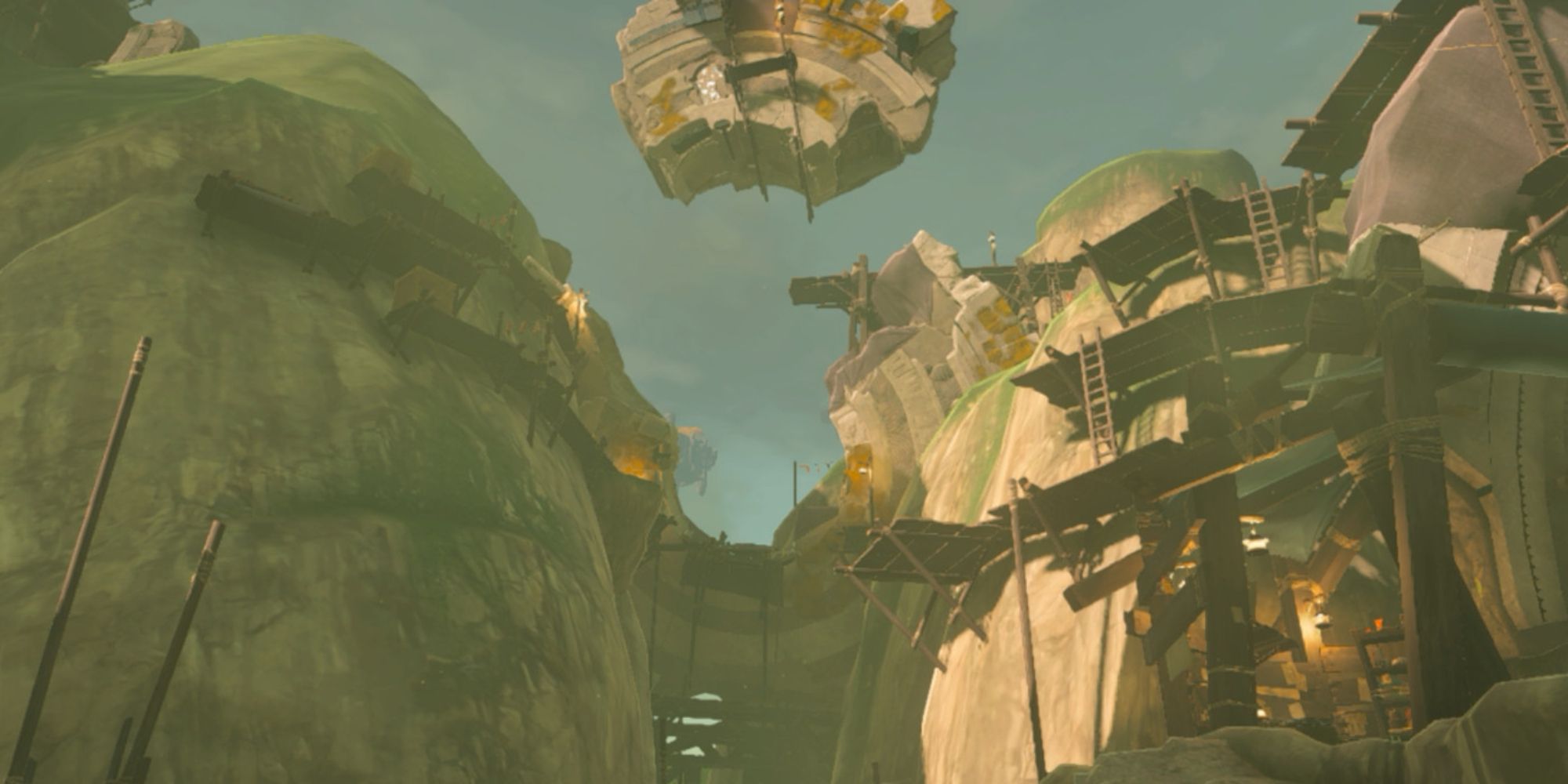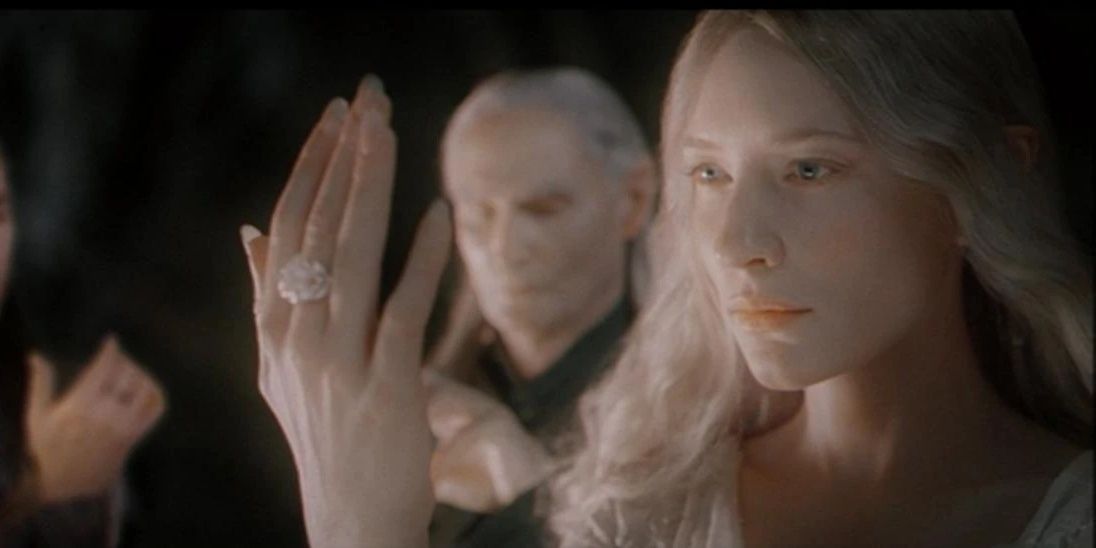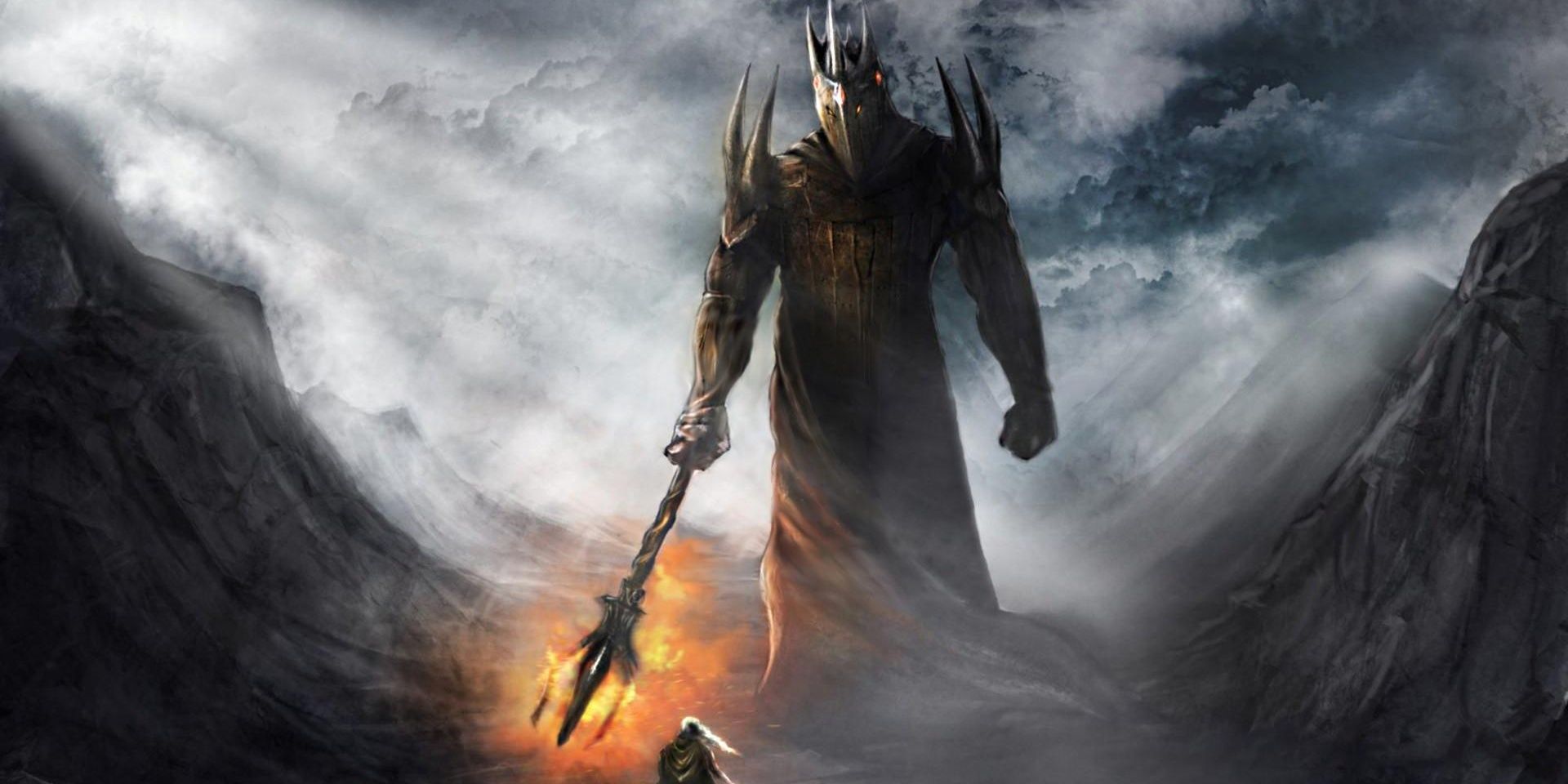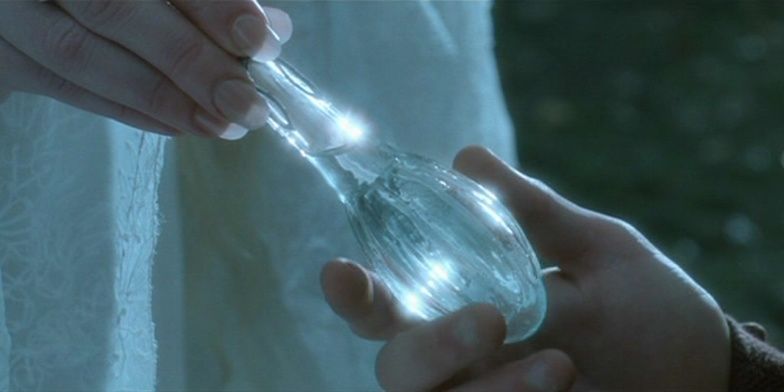There is perhaps no story more central to Tolkien's lore that has yet to appear in the films adapted from his work than The Silmarillion. The story predates The Hobbit in the timeline and discusses a lot of the events before and during the First Age of Middle-earth. While The Silmarillion is often associated with the epic love story of Beren and Luthien, the span of the book (and of the subsequent information that both Tolkien and his son released about this period of time) is much wider and covers a whole slew of events.
One of those (that actually encapsulates a lot of the others within it) is The War of the Jewels, sometimes referred to as the Battles of Beleriand. These were conflicts that were fought over the Silmarils in the beginnings of Middle-earth. As there is a chance that some of the First Age events covered in The Silmarillion including The War of the Jewels could be shown — or at the very least mentioned — in Amazon's upcoming series The Lord of the Rings: The Rings of Power, it might be good to have a quick crash course on what all some of these ancient events are, starting with the Battles of Beleriand.
These conflicts took place during the Elder Days, which is a term that refers to the time before the First Age. These battles specifically consisted of the Noldor (the second clan of Elves who came to the world) attempting to reclaim the Silmarils from the clutches of Morgoth, the embodiment of evil in the world. The Silmarils were three gems created by Fëanor, who was a renowned Noldor craftsman. These jewels were immensely beautiful, and within them was held some of the Light of Valinor from the Two Trees of Valinor. They were hallowed so that no mortal or evil hands could touch them without burning and withering away. Unfortunately, they became tainted by arrogance and lust when someone desperately desired them, which began with Morgoth and even resulted in Fëanor himself lusting after them.
When Morgoth (first called Melkor) destroyed the Two Trees of Valinor, the Silmarils became the only things remaining that contained the light of the Two Trees. The Valar wanted Fëanor to give up the Silmarils to restore the Two Trees, but he refused to do so. Soon after this, news broke that Melkor had killed Fëanor's father and stolen the Silmarils, fleeing to his fortress in Angband. Fëanor was obviously furious at Melkor (whom he now called Morgoth), as well as at the Valar because he believed they wanted to steal the Silmarils as well. He and his sons vowed to go to war against anyone that withheld the Silmarils from them.
Fëanor, along with many of the Noldor, went to Middle-earth in search of Morgoth to fight him for the gems. There were five huge battles that were waged against Morgoth, causing a great deal of loss for Men and Elves alike, but the Noldor kept failing and were unable to defeat Morgoth. Eventually, one of the Silmarils was taken by Beren and Luthien, who then gave it to Eärendil (the husband of their granddaughter Elwing), who took it to the Valar in the West. They then put this Silmaril in the sky as The Star of Eärendil, the light of which Galadriel captured in her mirror and put a portion of in a vial as a gift to Frodo in The Lord of the Rings.
The other two Silmarils were still held by Morgoth, and were only recovered after the War of Wrath, which was the final of the Battles of Beleriand. This battle, often called the Great Battle, was waged against Morgoth by the Men, Elves, and Dwarves of Middle-earth. It resulted in the end of Mogroth's rule when he was finally defeated, as well as the end of the First Age. It is one of the largest battles that ever occurred in Arda, and caused enough destruction to Beleriand, the north-west part of Middle-earth, that it sunk beneath the ocean. Though Morgoth had been defeated, some of his forces remained, such as Orcs, and they eventually grew in power under the rule of Sauron to cause trouble later on.
The two Silmarils that were taken from Morgoth were then stolen (or reclaimed, from their perspective) by Fëanor's two sons. However, the jewels burned their hands just as they had burned Morgoth's hands, refusing to be possessed by the sons. One son threw both himself and one of the Silmarils into a fiery pit, while the other son tossed his gem into the ocean. Poetically, this meant that the three Silmarils now each resided in one of the three realms of Arda: the sky, the earth, and the sea. In a way, it almost seems that all the battles and losses were in vain when the Silmarils weren't held by anyone in the end. But perhaps this was actually the best plan for them all along: for the Silmarils to be totally out of the reaches of anyone else who might covet them, so that no more conflict would be fought over the gems.






